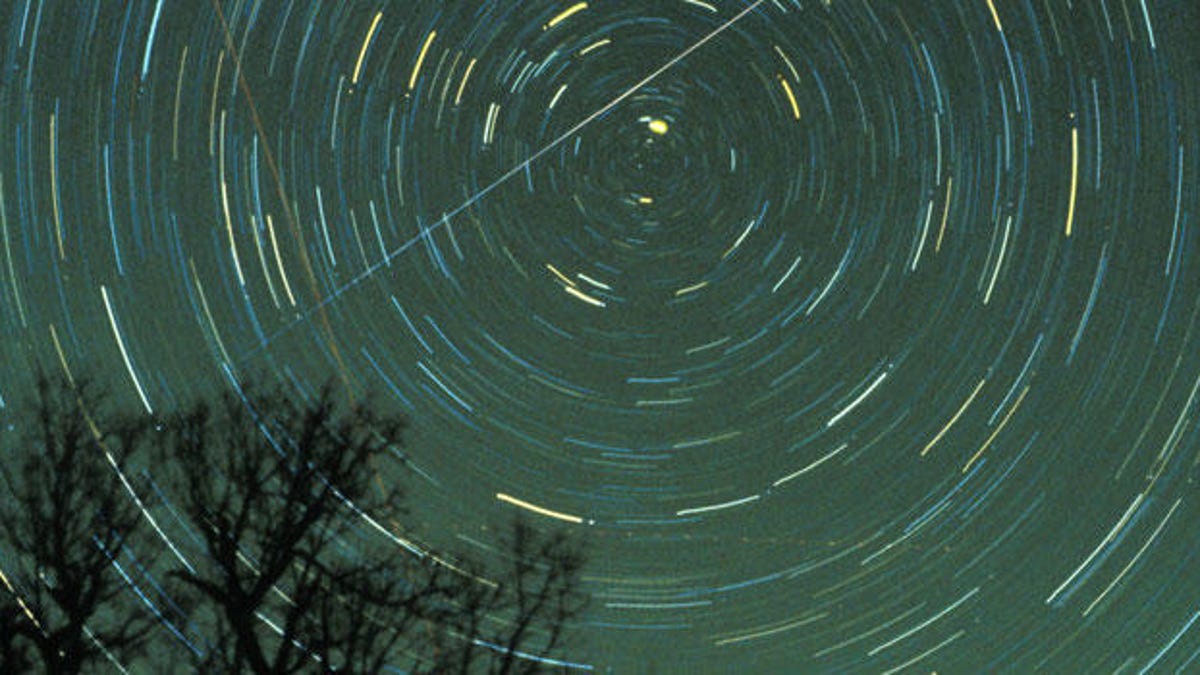The 2019 Leonid meteor shower peaks this weekend. Here's how to watch
It's one of the major meteor showers of the season and this year some expect it to bring a little something extra.

A Leonid caught via time-lapse
The Leonids are looking to light it up again this weekend, as the meteor shower does every mid-November. But this year could come with a little more "shooting star" activity than normal on Friday night in the Americas and early Saturday morning in Europe.
The Leonid meteor shower occurs each year when our planet passes through a cloud of debris left behind by comet 55P/Tempel-Tuttle. The shower is active for most of November, but really becomes visible when it hits its peak this weekend. Unfortunately, the moon is also set to be about 80 percent full, probably washing out some of the 15 meteors per hour that are predicted.
The Leonids are typically speedy shooting stars, moving at 44 miles/sec (71 kilometers/sec), making them bright and sometimes colorful with often persistent trails in the night sky.
The 1999 Leonid meteor outburst captured from above by NASA
Every 33 years or so, the Leonids produce a meteor storm, when the earth passes through a pocket of particularly dense debris resulting in over 1,000 meteors per hour. The effect is described as meteors appearing like rain. While we're not expected to see such a storm in 2019, Russian astronomer Mikhail Maslov is predicting possible "activity enhancements" Friday night and Saturday morning.
According to Maslov's calculations, the hourly rate could bump up to 20 to 27 meteors between roughly twilight and midnight Friday on the West Coast of the US.
The actual peak of the Leonids comes the following night, which means the entire weekend could be good for trying to observe this meteor shower. To catch it, you're probably best off heading as far from city lights as possible and finding a spot with a wide open view of the night sky. Lie on your back and let your eyes adjust. Be sure to bundle up if it's cold, then just relax and watch patiently.
If you miss it or the weather doesn't cooperate, there's another big meteor event coming up next week when the obscure Alpha Monocerotids could produce a meteor storm on Thursday evening. Eyes up!
Originally published Nov. 15, 10:56 a.m. PT.

